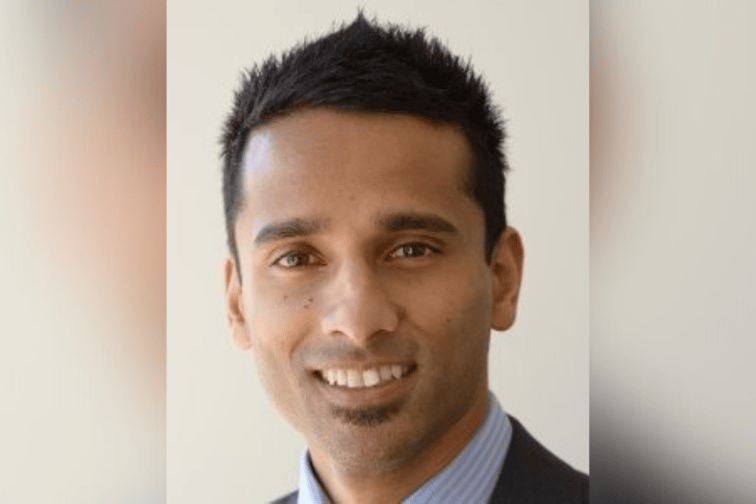

This month, the world’s most powerful offshore wind farm became fully operational. Danish energy firm Orsted says Hornsea 2, off England’s Yorkshire coast, has 1.3 gigawatts (GW) capacity. However, Australia’s first major offshore wind project, Star of the South, is expected to be even more powerful with a potential capacity of 2.2 GW.
So, what are the insurance implications of Australia’s new wind farm projects and how should brokers approach clients involved in these green energy ventures?
The Star of the South, off Victoria’s Gippsland coast, is part of the government’s series of offshore wind developments. The Australian Financial Review reported that up to 10 developers are interested, with applications for feasibility licences in the Gippsland likely to open in early December.
Ranga Jayaratne (pictured above) is national manager of power and energy for Lockton Companies Australia. He suggested there are good reasons why Gippsland is the first project, including its close proximity to the most reliable parts of Victoria’s onshore state transmission grid.
“The reason the location has been earmarked is because of the strength and consistency of the wind, the shallow seabeds to construct fixed platform turbines, the ports which are geared up to support the huge construction and supply chain demand,” said Melbourne-based Jayaratne.
He said, generally speaking, the nominated offshore area in Gippsland is a relatively benign natural catastrophe region.
“That is, it is not particularly susceptible to events that may jeopardise its insurability due to high exposure to earthquake, for example,” he said.
Jayaratne said windstorm and lightning, two of the biggest risks from a natural catastrophe perspective, rate as low risks for this region.
“Notwithstanding this, specific peril modelling will need to be conducted for each prospective wind farm to ensure insurer guidelines and requirements are satisfied,” he said.
Lockton’s national manager of power and energy said insurance was an essential part of financing the project and garnering the required lending support to make them “bankable.”
“If the [insurance] process is started early enough and risk financing is appropriately considered and structured, it should increase a project’s long term return on investment,” he said.
Jayaratne said there are many factors that will influence the insurability of an offshore wind project.
“Major factors that will influence the bankability from an insurance perspective include location, generation technology, warranties, contractor(s) experience, vessels utilized and any redundancy, environmental exposures and commercial shipping routes,” he said.
Jayaratne said, from an insurance perspective, Environmental, Social and Governance (ESG) friendly projects are becoming an underwriting factor of major significance for insurers.
“It will be fascinating to observe if the Australian insurance market specifically pivots and supports the offshore wind market or if this capital will continue to be sourced overseas where the current underwriting expertise resides,” he said. “If onshore renewable energy generation is a guide for the future, we believe Australian insurers will invest locally to cater for the potential pipeline on offer.”
The Lockton expert explained how a broker’s role in these projects should start with a comprehensive understanding of the client’s ambitions and objectives. He or she should understand why their client is involved - i.e. for equity only, as the builder, owner, operator or developer.
“What is their tolerance and appetite for risk? Have they thought about contingencies in the event of a multitude of loss scenarios either directly affecting them or their counterparties?” he said. “This is a discovery period and a great opportunity for us to really get to know the client and their business.”
He said a “helicopter view approach” to these sorts of complex projects can help brokers “drill down further into what might be concerning them [the client] or affecting the viability of a project.”
Jayaratne said risk finance solutions extend “well beyond traditional insurance.”
“It’s the broker’s job to make clients aware of the potential inherent risks in any undertaking and turn these risks into opportunities to maximize bankability and their ROI [return on investment] over the long term,” he said.
Jayaratne said both traditional and “unconventional insurance capital” can play a role.
The Energy Minister, Chris Bowen, said offshore wind is one of the “key measures” to get Australia to 82% renewable energy by 2030. Bowen said he expects offshore wind to create between 3,000 and 8,000 jobs per year.
After Gippsland, Bowen said further wind projects are planned in the Pacific Ocean region off NSW’s Hunter Valley and also off the Illawarra coastline. A second project in Victoria is slated near Portland, another near Tasmania in the Bass Strait and also in the Indian Ocean off Perth and Bunbury in Western Australia.
